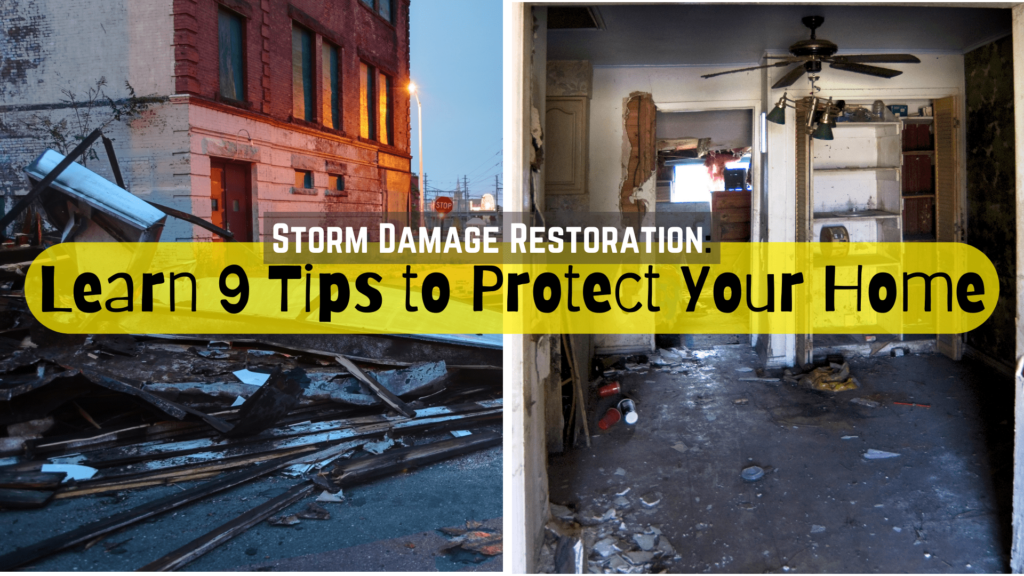
High Wind Damage Repair can be a challenging task for homeowners. In this guide, we will discuss the necessary steps to repair and prevent mold growth after a high wind event. Stay informed and protect your home with our expert tips.
Restoring Your Home After High Wind Damage: Mold Solutions Guide
Restoring Your Home After High Wind Damage: Mold Solutions Guide
After a severe windstorm has damaged your home, it is crucial to take immediate action to prevent mold growth. Mold can begin to develop within 24-48 hours of water damage, so time is of the essence.
1. Assess the Damage: Inspect your home thoroughly for any signs of water intrusion or damage. Check for leaks in the roof, windows, and walls.
2. Dry Out the Area: Use dehumidifiers, fans, and open windows to dry out the affected areas as quickly as possible. Mold thrives in moist environments, so reducing humidity levels is key.
3. Remove Water-Damaged Materials: Discard any items that cannot be salvaged, such as wet drywall, carpeting, or insulation. These materials provide a breeding ground for mold spores.
4. Clean and Disinfect: Use a mixture of water and detergent to clean hard surfaces that have been exposed to water. Then, disinfect with a solution of water and bleach to kill any mold spores present.
5. Monitor for Mold Growth: Keep an eye out for any signs of mold growth in the days and weeks following the wind damage. If you notice any mold, address it promptly to prevent further spread.
By following these steps and being proactive in addressing high wind damage, you can effectively prevent mold growth and protect your home from long-term damage.
Frequently Asked Questions
What are the common signs of high wind damage that may lead to mold growth?
Common signs of high wind damage that may lead to mold growth include water intrusion through roof damage, cracked windows or doors, leaks in siding, and moisture accumulation in walls and ceilings.
How can high wind damage impact the structural integrity of a building and contribute to mold issues?
High wind damage can compromise the building envelope, allowing water to infiltrate and create moisture levels conducive to mold growth. This can lead to mold issues inside the building, further weakening the structural integrity.
Are there specific mold prevention measures that should be taken after repairing high wind damage?
Yes, after repairing high wind damage, it is important to properly dry and clean the affected area to prevent mold growth. Additionally, improve ventilation and address any water leaks or moisture issues to minimize the risk of mold development.
Can high wind damage repair procedures exacerbate existing mold problems in a building?
Yes, high wind damage repair procedures can exacerbate existing mold problems in a building by causing further water intrusion, which can lead to increased moisture levels that promote mold growth. It is important to address both the wind damage and mold issues promptly to prevent further damage and health risks.
Is professional assessment necessary to determine the extent of mold growth following high wind damage repair?
Yes, professional assessment is necessary to determine the extent of mold growth following high wind damage repair in the context of Mold Solutions Guide.
In conclusion, High Wind Damage Repair is a crucial aspect of safeguarding your property against mold growth and structural issues. By promptly addressing any damage caused by high winds, you can mitigate the risk of moisture intrusion and mold development. Remember to seek professional assistance when necessary, and prioritize preventive measures to protect your home from future wind-related incidents. Stay proactive, and ensure that your property remains a safe and mold-free environment for you and your loved ones. Stay informed, stay prepared, and stay resilient in the face of high wind challenges.
![]()